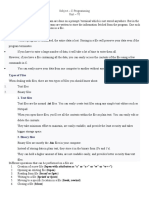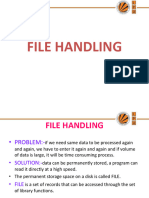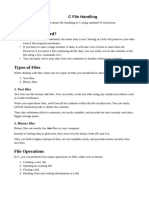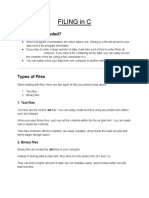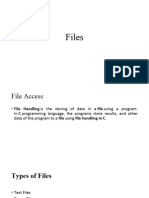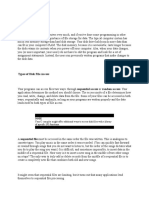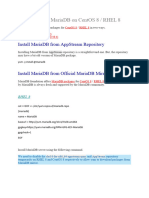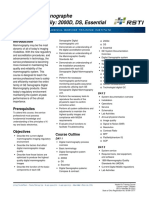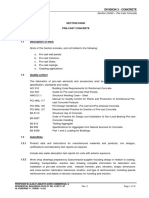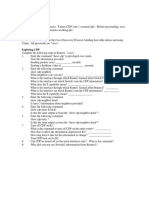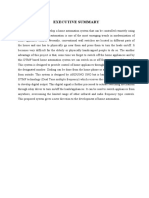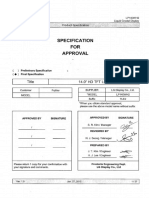0% found this document useful (0 votes)
9 views45 pages4B Binary Files
This document provides an overview of binary file processing in C, detailing the basic steps involved such as declaring a file pointer, opening a file, reading/writing data, and closing the file. It includes examples of writing and reading binary files, as well as exercises for practice. Additionally, it covers random access in binary files and mixed mode processing for reading and writing in the same file.
Uploaded by
White ListedCopyright
© © All Rights Reserved
We take content rights seriously. If you suspect this is your content, claim it here.
Available Formats
Download as PDF, TXT or read online on Scribd
0% found this document useful (0 votes)
9 views45 pages4B Binary Files
This document provides an overview of binary file processing in C, detailing the basic steps involved such as declaring a file pointer, opening a file, reading/writing data, and closing the file. It includes examples of writing and reading binary files, as well as exercises for practice. Additionally, it covers random access in binary files and mixed mode processing for reading and writing in the same file.
Uploaded by
White ListedCopyright
© © All Rights Reserved
We take content rights seriously. If you suspect this is your content, claim it here.
Available Formats
Download as PDF, TXT or read online on Scribd
/ 45


